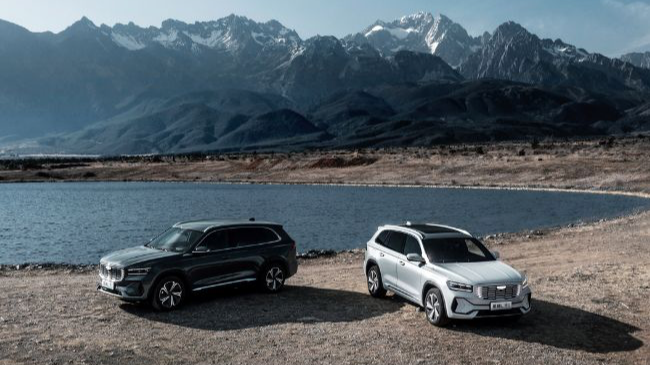The vehicle industry in the Chinese mainland has reached a turning point, pivoting from a race on hardware specs to creating cars that truly serve users.
At the 2025 World Smart Industry Expo, industry leaders agreed: success lies in ecosystems that add real value rather than piling on features.
As Guo Gang from the China Society of Automotive Engineers put it: "Vehicles went from 300 functions three years ago to 30,000 last year. Users actually need maybe 20." This highlights the so-called cockpit wars, where more screens overwhelmed rather than impressed.
The answer isn’t simply fewer features but smarter delivery. Future cockpits will evolve from passive interfaces to active partners that anticipate needs. Meanwhile, basic functions like climate control remain standard, while premium services shift to subscriptions, letting users pick and pay only for what they want.
This model benefits everyone: lower upfront costs for drivers and predictable revenue for manufacturers. It marks a fundamental shift from selling products to delivering ongoing services.
AI promises deeper insights into user behavior, but demands vast computing power and raises questions about privacy and data security. To balance power and protection, Li Wenbo of Chongqing University suggests a hybrid solution: process sensitive decisions locally and offload non-personal tasks to the cloud.
Trust remains the biggest hurdle for autonomous driving. Despite rapid technical advances, many drivers hesitate to hand over control. Industry insiders call for radical transparency—clear safety explanations, user-inclusive testing, and real-world demos—to build confidence.
Zhang Zhenxing from Geely showcased this approach by testing vehicles in 34 challenging scenarios, from heavy snow to aggressive traffic. Each test fine-tunes algorithms and, when shared publicly, bolsters user trust.
Finally, creating vehicles that truly understand and serve users requires a global mindset. Automakers must adapt not just by exporting cars, but by tailoring designs to diverse regulations, road conditions, and consumer expectations in each market. Institutes like the China Merchants Testing Vehicle Technology Research Institute play a key role, offering local testing and certification that help set international standards.
Reference(s):
Chinese automakers shift focus from tech features to user experience
cgtn.com




